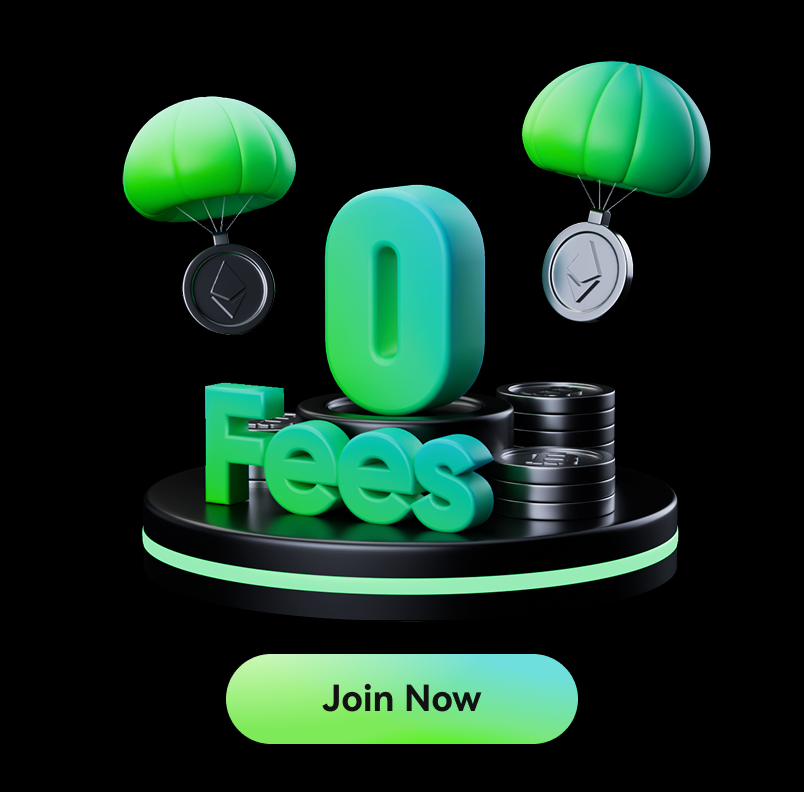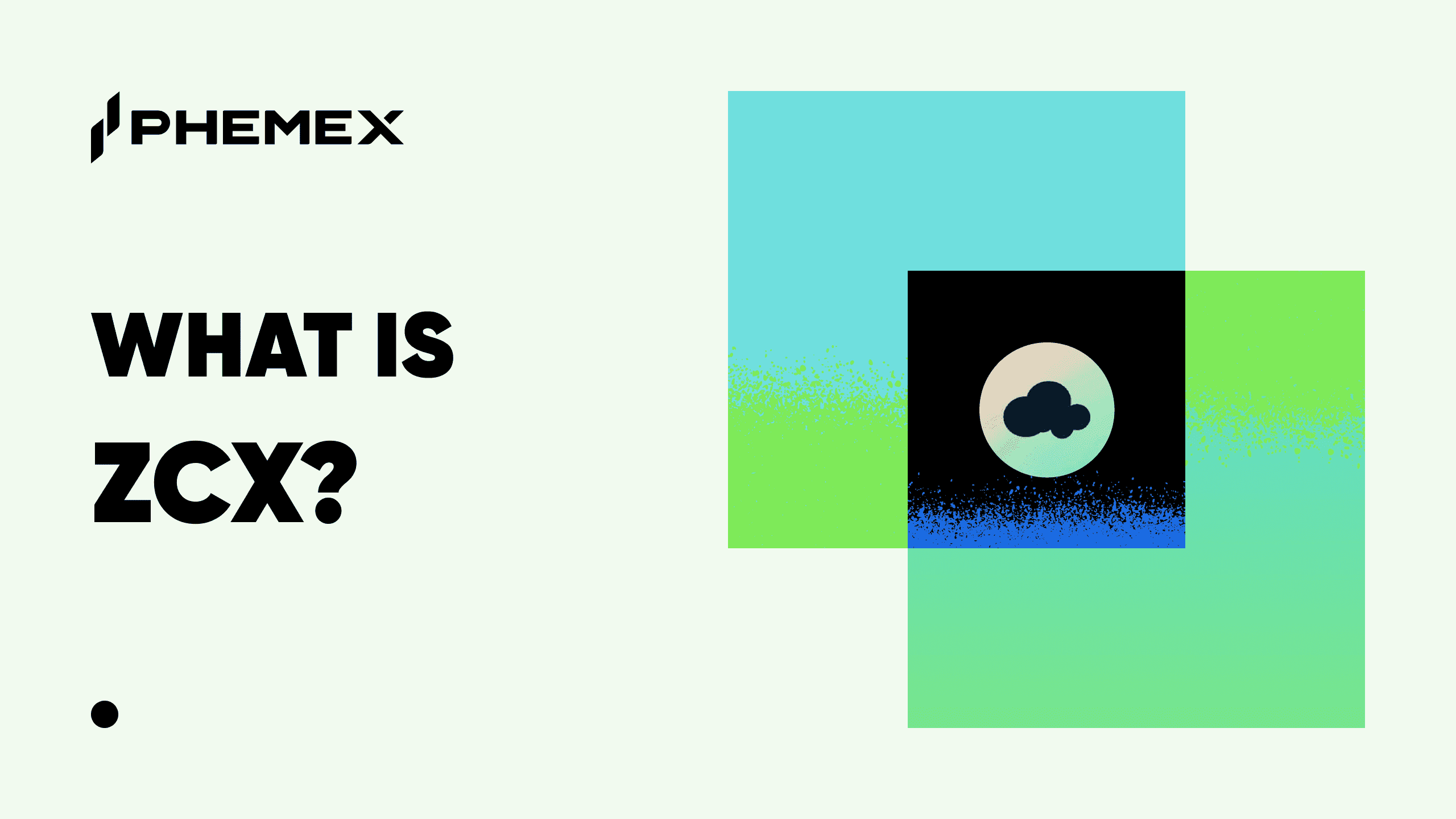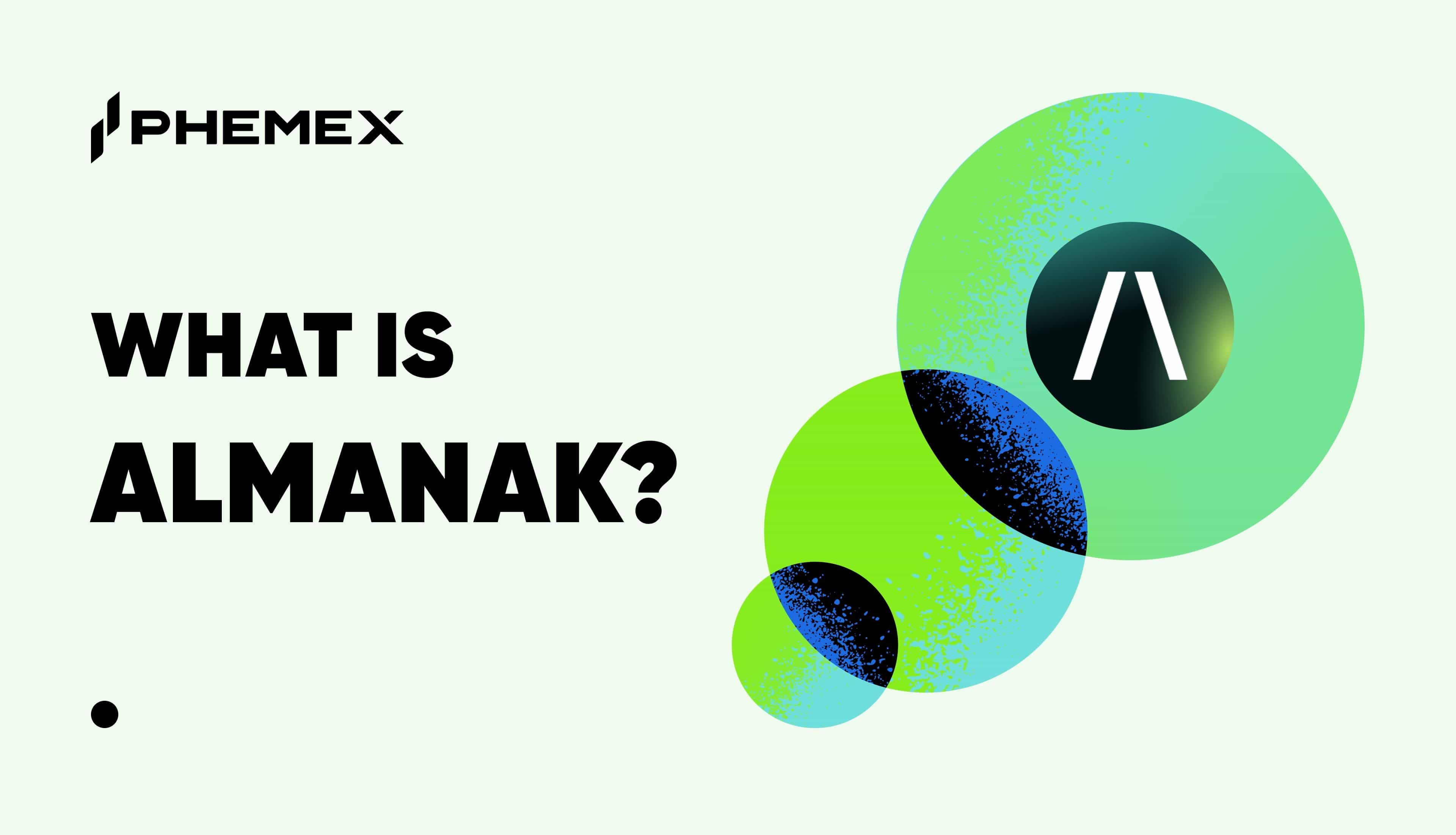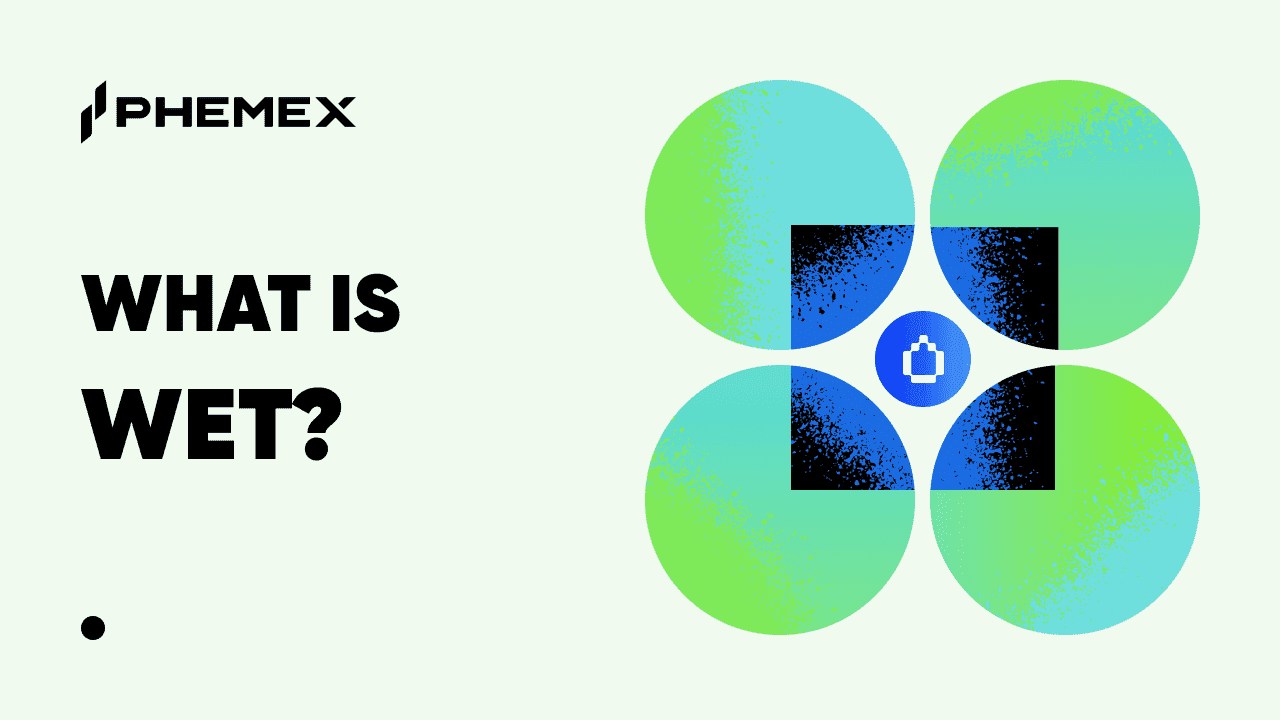Decentralized finance (DeFi) is becoming highly complex, with the constant creation of new protocols and DApps with varying functionalities. This means that new financial opportunities are continuously developing in the DeFi space, but it can also mean having to go through many layers and protocols to achieve a result. This in turn can mean increased fees — one for each transaction — and increased time requirements for each action on each protocol. The way to bypass these complications, then, is to integrate the elements required into one protocol, thereby building a new protocol that can carry out all the actions needed in one place.

What Are DeFi Legos?
Decentralized Finance (DeFi) Legos are building blocks, each with its own functionality, that can be integrated together to build one protocol with multiple functions. These Lego blocks are built for borrowing, staking, or lending assets, among other things, and can be put together to create a single multi-functional financial application, hence the term “money Legos.” Once the developer has selected the money Legos needed to create their project, they can be pushed together, like Lego blocks, to create a new protocol. This protocol will be built on the blockchain and run by a smart contract.
Money Legos remove a lot of the time and complications around building a new financial application. Developers don’t need to build every tool they need before putting them together to build their desired protocol, as these tools already exist in the form of money Legos. Moreover, some of the best are already listed in their hundreds on platforms such as defipulse.com or defiprime.com, meaning that developers can simply find the tools they require and begin to build. In addition, because DeFi Legos are composable, they can be run in the order that the developer wants.

What Is Composability in DeFi?
By definition, composability is a system design principle that deals with the inter-relationships of components. A highly composable system provides recombinant components that can be selected and assembled in various combinations to satisfy specific user requirements.
Composability means that elements can be put together in a variety of ways, and still work. It gives the creator flexibility to create something that operates in a new way or a new order. A plane is not composable, for example, as every element must go in its place for the plane to take off, fly, and land safely. If the engineers start moving the various parts around, the plane will not take off, or worse.
In DeFi, composability refers to the ability of financial applications to be built in a variety of ways, using money Legos, to create a new function. In this way, a programmer can build a smart contract that will operate the Legos in any order, be it one before or after the other, or in parallel. For example, by joining the money blocks together and then specifying the order of events through a smart contract, an individual could:
- Take out a loan in one cryptocurrency
- Split that loan into two amounts
- Stake one half
- Invest the other
- Pull out both amounts simultaneously
- Pay off the loan and interest
- Keep the profit
The above would all be carried out by the smart contract, as a type of pre-set model, thereby removing the time needed to carry out all the transactions. In this way, the smart contract has employed the various money Legos, or DeFi protocols, to interoperate and process the transactions on different platforms or with different cryptocurrencies. The programmer could also compare and choose specific cryptocurrencies and investment platforms to cut down on fees.
Composability in DeFi means that these actions can all be reordered or swapped out as required. Composability combined with money Legos offers a near-endless number of combinations to be used for smart contracts in financial applications, all of which use blockchains as their base layer. The primary blockchain used for these DeFi applications is Ethereum, due to its established position as the best blockchain for running smart contracts and building DApps. Thus, Ethereum can be considered the primary Lego block.
How Do Money Legos Work?
In order to build a financial application with money Legos, a developer will choose the existing blocks for them and layer them together like building blocks. Then, because these blocks are composable, they can be layered to run one after another, or in parallel. These are all built on top of the first block, which is the blockchain, and are then run by a smart contract. The blocks to choose from when building these applications can range from the following categories and more:
- Payments
- Infrastructure
- Custodial services
- Exchanges and liquidity
- Investing
- KYC and Identity
- Marketplaces
- Prediction markets
- Stablecoins
- Insurance
- Credit and lending

Some of the existing money Legos operating within DeFi. (Source: thebockresearch.com)
There is also more than one way to build with money Legos:
- Developers have the option to start at the beginning, piecing many Lego blocks together to build the exact model they want. Think of this as opening a new box of Lego and finding the pieces you want to build the final project.
- Developers can create their project by building on the progress of others. Just as a child will go to a Lego box, find a piece that is already partially built, and build on that to make something new, developers can do the same with money Legos.
When and How Have Money Legos Been Used To Create Successful DeFi Protocols?
Examples of Money Legos
Money Legos have been in use for years and are employed in some of the most well-known DeFi protocols out there. In fact, most recent DeFi applications have been built using money Lego blocks. Some examples include:
- MakerDAO: Using the basic stablecoin block of DAI, MakerDAO has enabled users to access a function usually only available to tangible financial institutions, such as banks: that of borrowing. In order to do this, MakerDAO employs its custom smart contract to accept Ether (ETH) as collateral for loans in DAI. In this way, investors can access DAI without having to sell their ETH, meaning that they can keep their exposure to ETH while using DAI for further investments. MakerDAO is thus a protocol that has been built using the Lego blocks of the DAI stablecoin and the MakerDAO smart contract.
- Compound: In order to create a lending market, Compound utilizes MakerDAO’s borrowing capabilities as a Lego block within its protocol. Borrowers use this already established system to take out a collateralized loan in any cryptocurrency offered by Compound for a fee. Lenders, meanwhile, contribute to the lending pool and earn rewards in the shape of interest in exchange. In this way, Compound uses the already established MakerDAO block to create its own protocol instead of building it from scratch. Thus, Compound saves time and money by using its own smart contract to direct functionality, alongside the MakerDAO and DAI Lego blocks.
- Zerion:Here things get a little more complex. Zerion offers access to multiple DeFi applications through one single platform. It enables lending by being connected to Compound, borrowing by being connected to Maker DAO, and token swapping by being connected to UniSwap. In addition, in order to make its reach extend as far as possible, it is also connected to multiple Web3 wallets, including MetaMask, Trust Wallet, and Ledger, among others. By building with multiple blocks, Zerion’s developers are able to offer a wider range of services and have a much larger reach without having to put in the money, time, and effort to build them all themselves.
- Totle: This platform offers an automated comparison of decentralized exchanges (DEXs) to offer the best value and lowest fees for a transaction or exchange. Naturally, in order to offer a comparison of so many DEXs, the platform first has to connect to them. Thus, Totle has also benefited from many pre-established tools. Using their composability, Totle has connected them with a smart contract to offer a new product. This combination of DeFi Lego blocks also paves the way to a less complex DeFi space, as users can find everything they need in one place and so benefit from all the functionalities. The money Legos Totle is built with include KyberNetwork, Uniswap, AirSwap, Bancor, Radar Relay, Eth2dAI, TokenStore, Ethex, ERC deX, OpenRelay, WeiDex, and SharkRelay, among others.
What is the Future of Money Legos?
As DeFi continues to grow and evolve, so will money Legos. Each time that a new tool is created in the DeFi space, a new Lego is born that can be worked with to offer new services within digital finance. These new protocols will offer faster and more efficient services, and better opportunities to make money. Additionally, by simplifying the building process — since developers do not need to create their protocols from scratch — they open up the DeFi building space to an increased number of people. This means that crypto, blockchain technology, and DeFi will become more accessible, increasing their adoption. It remains to be seen what new money Legos will become available in future, but with their growth comes limitless possibilities. For each new Lego block, hundreds of new combinations become possible. Thus, in the not-so-distant future, money Legos may well be at the forefront of some very exciting new technology.
Read More
- What Is DeFi: How To Be Your Own Bank With $100
- https://phemex.com/academy/defi
- What Are Decentralized Applications (dapps)?
- What is Money?
- What Is DeFi Llama: A DeFi Analytics Dashboard for Professional DeFi Traders
- What is Defi 2.0 Protocol & How does it Work?
- DeFi vs. CeFi: Understand The Differences
- What is a Liquidity Pool: Achieving Efficient Asset Trading









